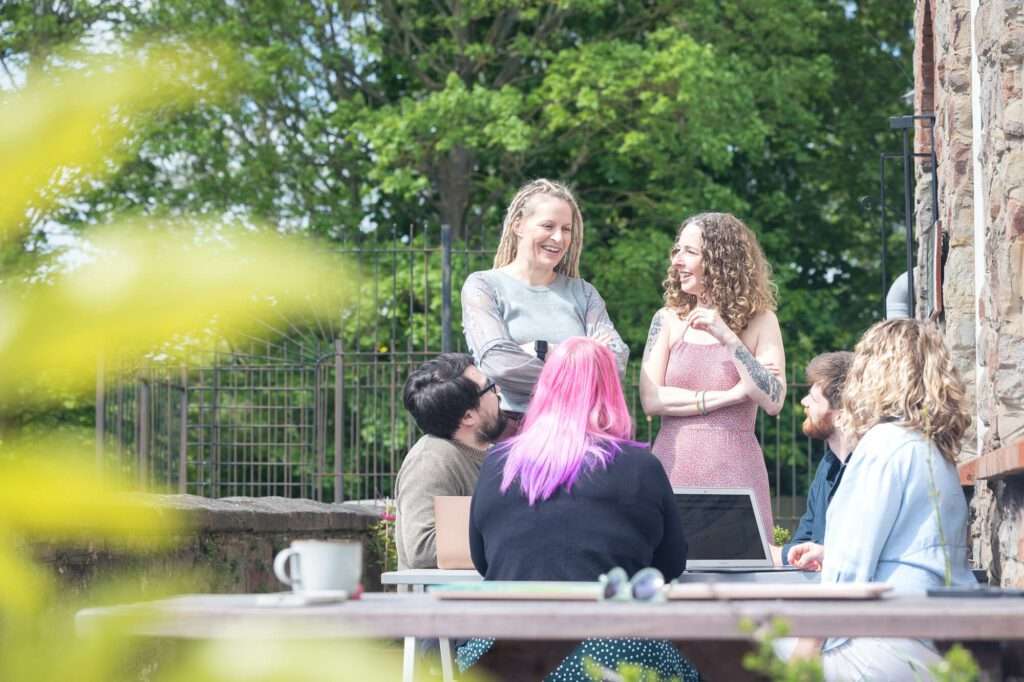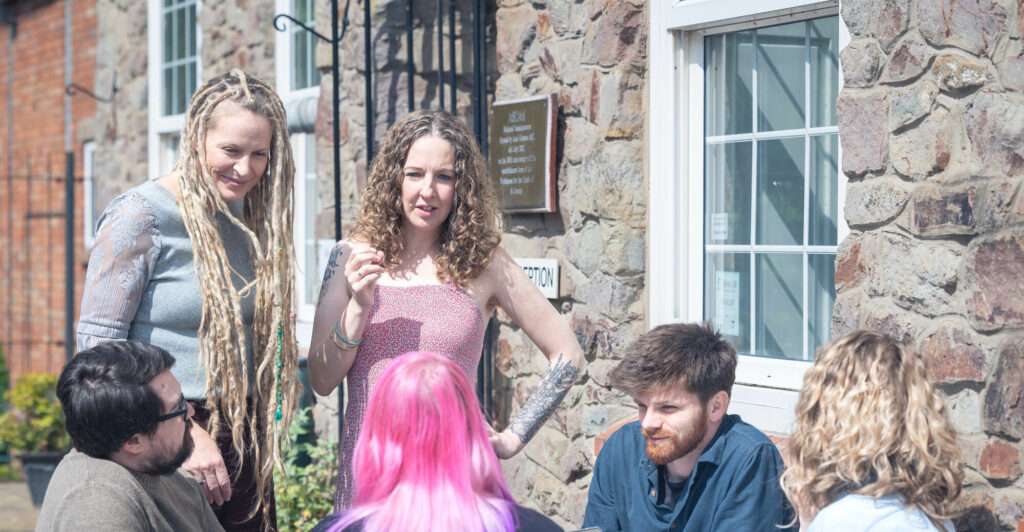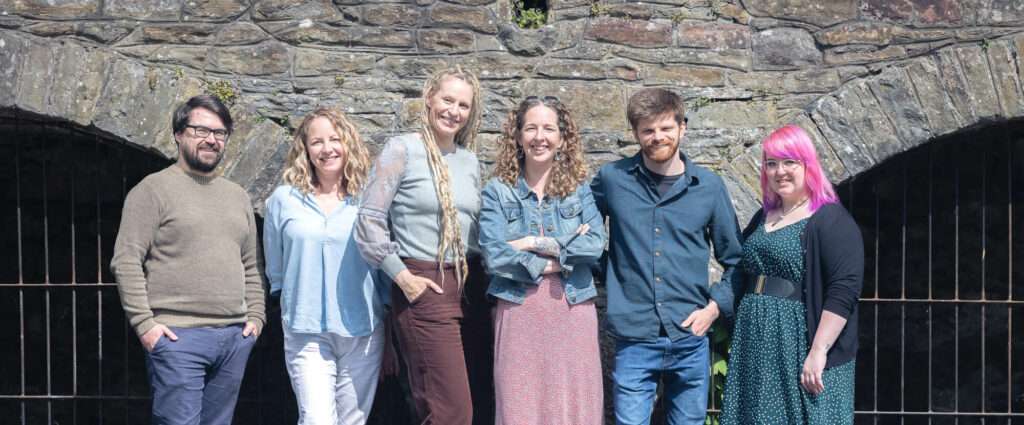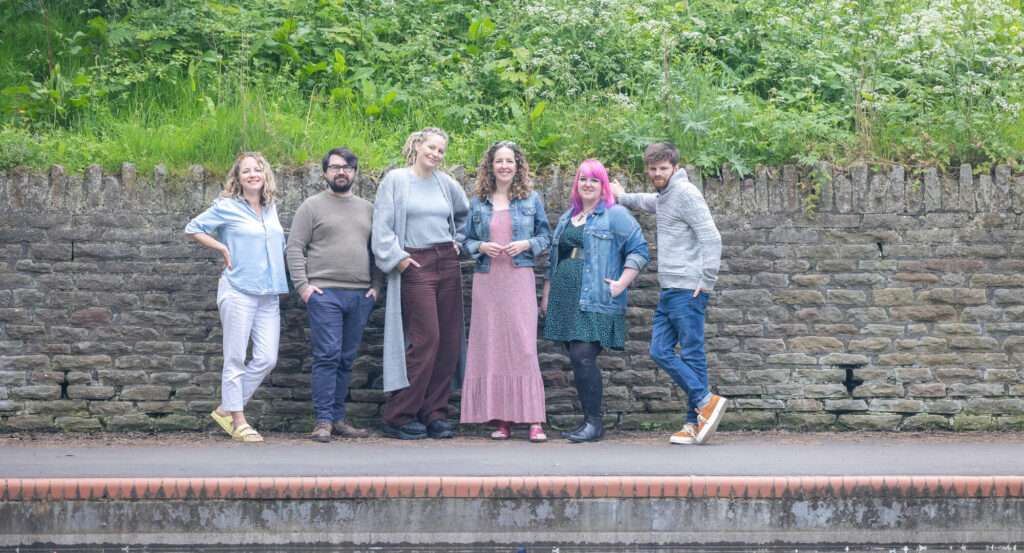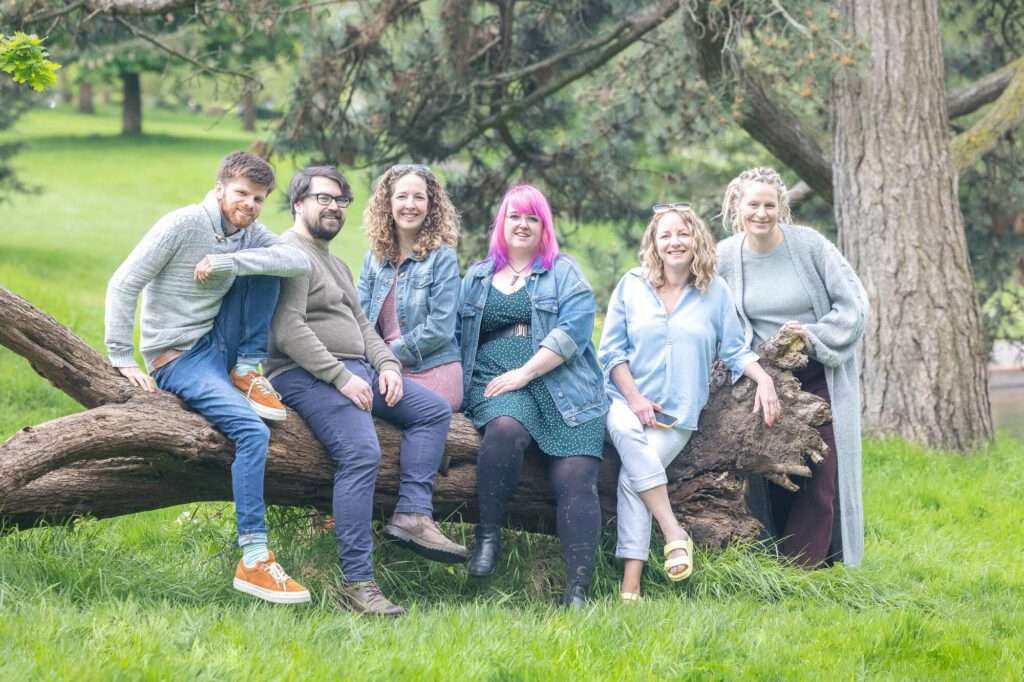

Resonance, Reach, Results: The three pillars of a successful content strategy
Remember when you were a kid and a letter arrived in the post, addressed to you? It was so exciting! Then you grew up and started getting lots of post and it quickly became less exciting because a) it wasn’t so novel anymore and b) it was mostly bills or flyers for things you didn’t want.
That’s exactly what’s happened in the world of content marketing since it first took off in the early 2000s.
At first, it was great to be able to read helpful articles and watch cool videos and listen to interesting podcasts. We could learn about how to overcome challenges at work and in life. We could stay up to date with the latest trends and get insights and opinions from influencers and experts.
But now there’s just so much content out there and most of it is rubbish, which is making us increasingly cynical about how valuable it actually is. And this noise and cynicism is only being made worse by AI.
So, does that mean content is dead? Of course not. Content can deliver enormous benefits for businesses, especially those looking to establish themselves as experts in their field. It just needs a far more strategic approach these days.
TLDR:
- Pillar 01: Resonance – creating content your audience will actually want to read
- Pillar 02: Reach – ensuring your content gets in front of the right eyes at the right time
- Pillar 03: Results – making a plan that connects your content to a bottom line result
- Bonus pillar: Repurposing – squeezing every last drop of value from your content
Pillar 01: Resonance – creating content your audience will actually want to read
The most common problem we see with content creation today is an incredibly simple one: brands creating content they want to create, rather than content their audience is actually interested in.
Like the SaaS brands that stuff blog posts full of detail about their features but don’t tie that detail to their customers’ challenges so they feel like adverts rather than valuable, educational content.
Ensuring that your content resonates with your audience starts with audience research. Your best bet is talking directly to them and asking them what they’re interested in. Customer interviews, focus groups, surveys and polls can all give you valuable primary insights.
Content tends to take a minimum of 6 months to start showing results, and often more like 12-18 months in terms of bottomline ROI.
There’s also secondary research you can do. What are the trending topics in your industry? Look at industry press and key influencers – what are they talking about? Social media is another place to dig. Pick a number of key personal accounts – current customers or clients, or people you’d like to work with – and see what they’re posting about or engaging with.
This isn’t about jumping on bandwagons, it’s about understanding what people care about. The goal is to take what you’ve learned about your audience’s interests and overlay that with your own knowledge, expertise and strategic business goals – be that “be seen as an authority on wearable healthtech” or “expand our reach into the US market”. In doing so you create a Venn diagram, the centre of which is your sweet spot for content creation.
The final ‘Resonance’ question to answer is what format will your content take. Does your audience prefer written, visual or audio content? Long form or short form? Digital or in-person? Chances are your content will span several options but you’ll most likely major on one, especially if you have a smaller budget.
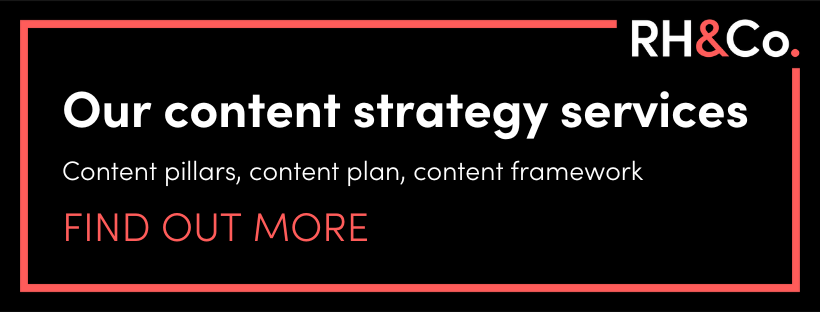
Pillar 02: Reach – ensuring your content gets in front of the right eyes at the right time
Having established the topic pillars your content should be created around, and the format most likely to resonate, you need to consider how you’re going to get eyes on that content.
What channels are you going to use to find your audience? You could take an inbound approach, creating articles and videos, hosting webinars, sharing posts on social media, and letting your audience come to you. You can also optimise your content and get visits through organic SEO.
Or you could be more proactive, and use advertising, email outreach, industry events. You could work with your sales team to create an ABM campaign that targets a list of individuals and companies that you want to build relationships with and send out relevant content depending on their specific needs.
Again, a combination of both is likely to be most effective, and different channels will suit different stages of the buyer journey. SEO is particularly effective for middle of funnel content where buyers are in research mode, whereas thought leadership is great for social media, webinars, conference speaking or as a way to follow up with a lead.
Whatever you decide, plan to give the strategy enough time to be effective. Content tends to take a minimum of 6 months to start showing results, and often more like 12-18 months in terms of bottomline ROI.

Pillar 03: Results – making a plan that connects your content to a bottom line result
While much of content marketing is about brand building, all marketing should be designed to eventually deliver qualified leads that are more likely to convert into sales. But that doesn’t mean you have to stick a “buy now” or “book a demo” CTA on every piece of content.
Content marketing is a long game, and it’s about building relationships. That means that rather than sell, sell, sell, your goal should be to move people forward in some way or another, towards a sale at some point in the future.
For example, if someone reads a top of funnel blog post, you might want them to read a middle of funnel post next, or sign up for a newsletter or a webinar. If they’ve downloaded a piece of gated content, you’ll need to have a nurture sequence ready, which might end with a “book a free consultation” CTA.
We recently helped a client in the employee recognition software space to do just this. First, we created a top of funnel blog about why data insights on workplace culture are useless if managers have no way to act on them.
The CTA and overall narrative led to the middle of funnel content, which was a gated playbook on what strategies HR can take to give managers more power and autonomy in recognising employee contributions, and how tech can help facilitate that. That last tech section then fed into the bottom of funnel blog on their software and how it’s built to empower managers rather than just give data insights to HR and the C-suite.
Ideally, you want every step in the buyer journey to be mapped out, and to know what the next desired action is for each piece of content you share, so that you can guide them accordingly and set meaningful metrics for success.
Bonus pillar: Repurposing – squeezing every last drop of value from your content
At this stage you should have a pretty good strategy for how to create content that resonates with your target audience, that reaches the right people at the right time, and that ultimately drives bottom line results.
Most likely, you’ll be using several different types of content and different channels at different stages of the buyer journey – which may leave you feeling overwhelmed by how much you need to produce.
But if you’re clever, you can ensure that the bulk of the work happens in one or two areas. After that, it’s about repurposing as much as you possibly can.
For example, you might commission a piece of research and create a white paper with input from your internal subject matter experts. This will take time, effort and budget. But you won’t just be left with one piece of content.
You’ll have core messaging themes on which you can build an entire campaign.
You’ll have quotes, stats and other snippets that you can use on social media, in emails, even in person.
You’ll have themes you can develop in further blog posts, and tie to your case studies.
And you’ll have findings your subject matter experts can discuss on podcasts, at events or in the press.
The harder you can make your content work for you, the more chance you’ll have of getting the right eyes on it. They might miss your white paper launch, but they’ll see its insights later in the week in social media snippets. Or perhaps they won’t have time to read a whole download, but will pop on a podcast to hear your SMEs talk it over.
This is why it’s important not to scrimp on content strategy and rush straight to the deliverables. Investing in the thinking up front means saving on wasted efforts down the line and gives you a far better chance of getting the results you want.
If you want to get your content working harder for you, get in touch to find out how we can support you with content strategy, campaign design and content creation services.
Back to hompeage


